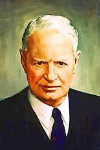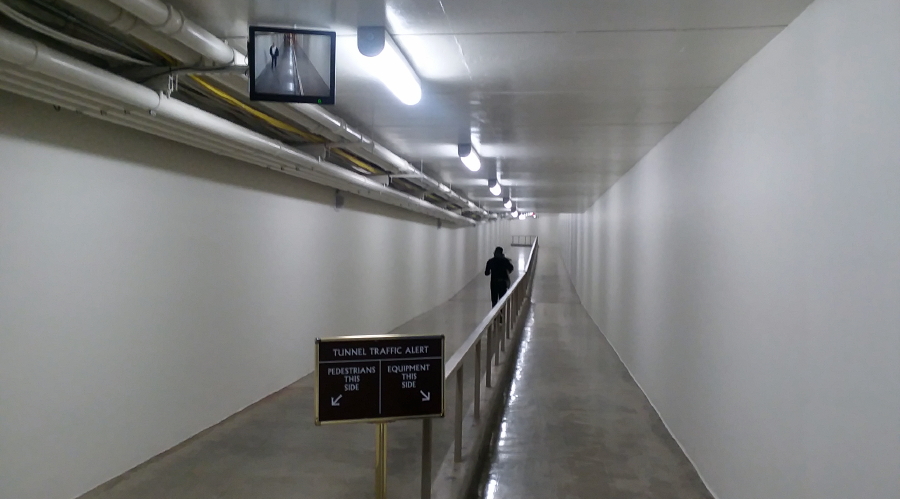 I love tunnels. Readers of this site may well have noticed this. So, imagine my embarrassment when I realized there was a whole set of Capitol Hill tunnels I was unaware of. Much like the well-known tunnels that connect the House and Senate office buildings with each other and the Capitol, these tunnels allow for easier access between multiple buildings of one institution, in this case the Library of Congress.
I love tunnels. Readers of this site may well have noticed this. So, imagine my embarrassment when I realized there was a whole set of Capitol Hill tunnels I was unaware of. Much like the well-known tunnels that connect the House and Senate office buildings with each other and the Capitol, these tunnels allow for easier access between multiple buildings of one institution, in this case the Library of Congress.
While it was not until 1897 that the Jefferson building was completed and opened, it was but 30 years later that this massive structure was deemed too small and that a further expansion was to be made. The work was first suggested in 1928 and money for it was appropriated in 1930, though the first step was adding to the Jefferson building. It took another three years until work would start on the new building, eventually named the John Adams building.
The money was approved by the Public Works Administration, which was one of the many three-letter agencies that had been set up by President Franklin Roosevelt to counter the Great Depression. The article that ran on October 6, 1933 in the Washington Post also mentioned that a “tunnel will connect the main building and the annex.”
The following August a short advertisement ran that David Lynn (pictured), Architect of the Capitol, was seeking bids to do the construction “under second street northeast [sic]” which included “a pedestrian tunnel, retaining walls, vaults, steam ducts, steam lines, and excavation and backfill for electric ducts.”
While the original article about the work indicated that it would take about two years and $6 million to complete, it was not until February 1939 that the Post announced that the “Library of Congress Moving Into New $9,000,000 Annex.”

Another tunnel: this one was built in the 1970s and connects the Jefferson Building with the Madison Building. (RSP)
However, clearly, the work had gone above and beyond the original plan:
The main reading room, for example, contains the terminus of a carrier system whereby oval leather pouches with a capacity of eight average size octavo volumes can be shot at a speed of 21 feet a second from one building to the other – covering the 700 foot trip in 28 seconds. Electric trams will transport larger shipments by means of a connecting tunnel.
Sadly, I have been unable to track down a picture of the “electric tram” that ran here. The closest is the Studebaker that used to connect the Capitol to the Senate Office building. It is therefore unclear whether back then the librarians and patrons of the library could ride in style between the two buildings, or if they, like today, have to hoof it.
But hoof it you can. Today there is not only this tunnel, but also one connecting to the basement of the Madison building on the south side of Independence Avenue. So, the next time the weather is atrocious, come over to the library and explore its tunnels!
